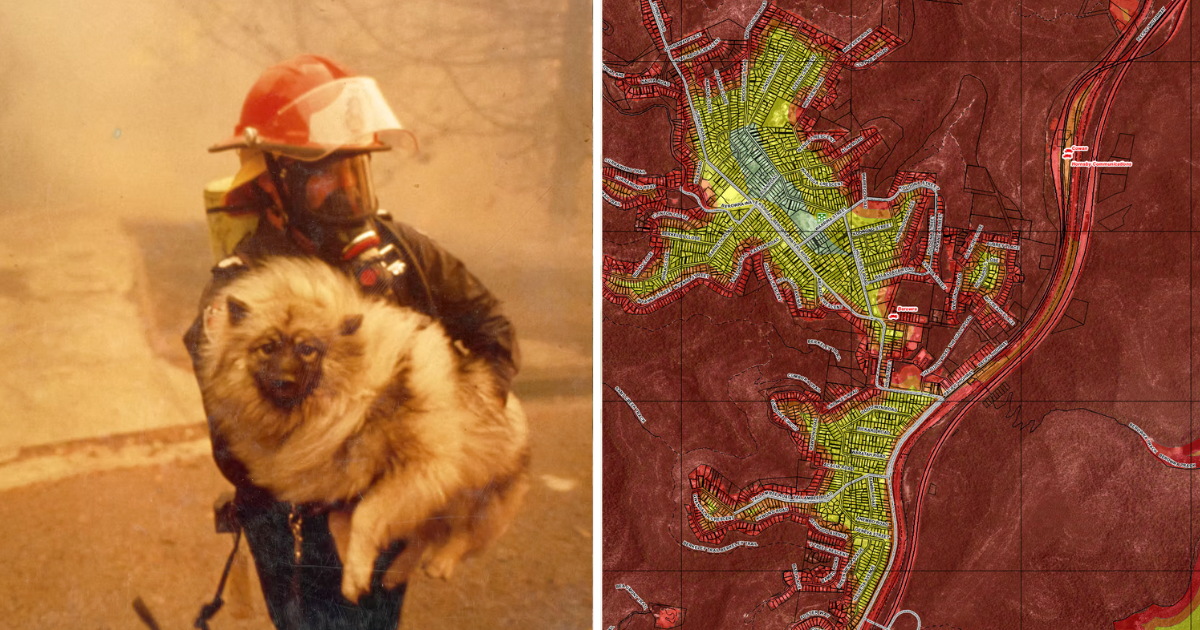Hotter summers, less time to prepare: Why hazard reduction burns are getting harder to manage
As the Australian fire season grows longer and hotter, the window for safe hazard reduction burns will grow smaller.

Hazard reduction burns — like the one which took place in Waverton on Friday morning — are an essential part of our Fire Services approach to combatting bushfires.
But they are getting harder to conduct, with longer, more intense fire seasons and less predictable weather patterns.
What’s happening: The purpose of ongoing hazard reduction fires is to reduce the overall fuel load a natural bushfire will have to burn.
What the experts say: As David Bowman, a Professor of Fire Science explains, we simply cannot have a fire free environment. Fire is part of our ecosystem as much as water, soil and trees.
But we can prevent bushfires that devastate ecological communities and human life, like those seen in the summer of 2019 and 2020.
Former NSW Fire and Rescue Commissioner Greg Mullins told the Lorikeet that Sydney’s climate is becoming more conducive to large-scale fires as a result of being “windier, drier and hotter”. Mullins also pointed out that several years of wet weather have prevented necessary hazard reduction burns on the North Shore.
“We are seeing a trend of worsening extreme weather,” Mullins said. “One day, the fuel will burn, and if that happens on a catastrophic fire weather day, we will lose homes—and probably lots of them.”
When and why: Hazard reduction burns are conducted in narrow windows of opportunity each year: periods outside of fire season, but still dry enough for burning to work.
Finding opportunities has been tough for fire services this year due to our extremely wet August.
According to the Australian Climate Council, the window is getting shorter as the effects of climate change contribute to a longer, more intense fire season.
Multiple burns planned and ongoing: The fire burning in Waverton was actually just one of many hazard reduction burns that took place across the Greater Sydney region last Friday.
Councils and fire services are preparing for another summer, which, if past records are anything to go by, has the potential to be one of our hottest.
